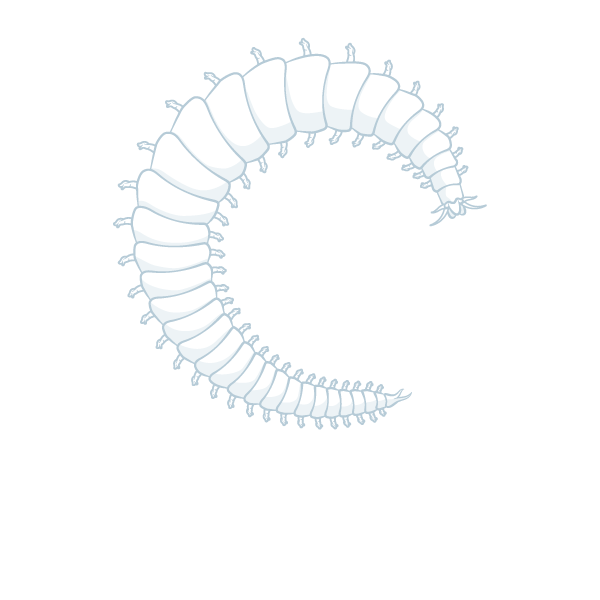
Publications
Our latest research and news of functional proteins for feed production
Our latest research and news of functional proteins for feed production
Atlantic House, Oxleasow Road,
East Moons Moat, Redditch B98 0RE, United Kingdom
+ 44 (0) 1527 460 460
info@prochaete.com
